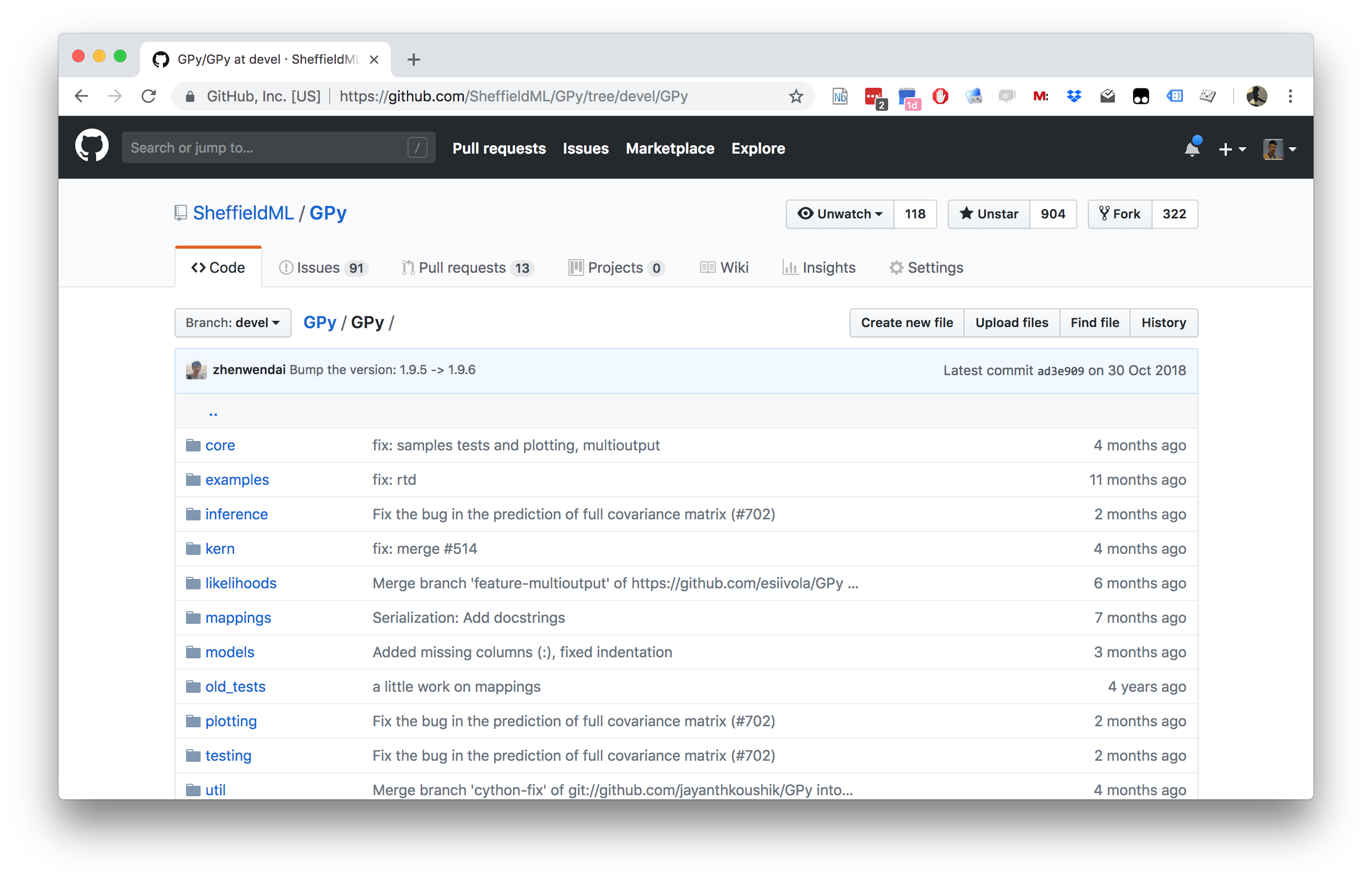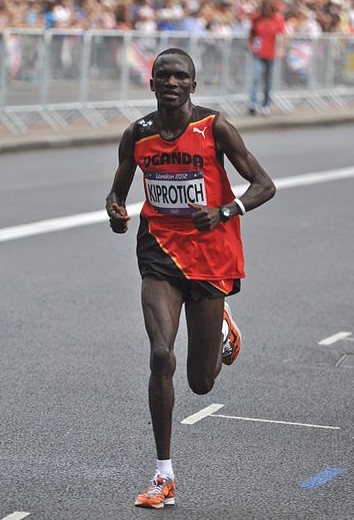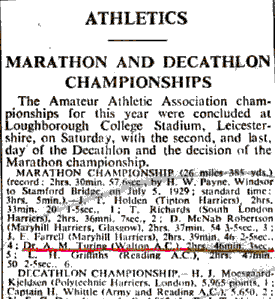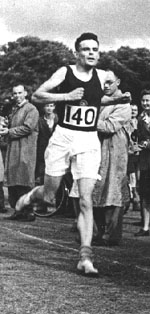%pip install gpyGPy: A Gaussian Process Framework in Python
Gaussian processes are a flexible tool for non-parametric analysis with uncertainty. The GPy software was started in Sheffield to provide a easy to use interface to GPs. One which allowed the user to focus on the modelling rather than the mathematics.


Figure: GPy is a BSD licensed software code base for implementing Gaussian process models in Python. It is designed for teaching and modelling. We welcome contributions which can be made through the GitHub repository https://github.com/SheffieldML/GPy
GPy is a BSD licensed software code base for implementing Gaussian process models in python. This allows GPs to be combined with a wide variety of software libraries.
The software itself is available on GitHub and the team welcomes contributions.
The aim for GPy is to be a probabilistic-style programming language, i.e., you specify the model rather than the algorithm. As well as a large range of covariance functions the software allows for non-Gaussian likelihoods, multivariate outputs, dimensionality reduction and approximations for larger data sets.
The documentation for GPy can be found here.
Non Gaussian Likelihoods
[Gaussian processes model functions. If our observation is a corrupted version of this function and the corruption process is also Gaussian, it is trivial to account for this. However, there are many circumstances where our observation may be non Gaussian. In these cases we need to turn to approximate inference techniques. As a simple illustration, we’ll use a dataset of binary observations of the language that is spoken in different regions of East-Timor. First we will load the data and a couple of libraries to visualize it.}
from matplotlib.patches import Polygon
from matplotlib.collections import PatchCollection
import cPickle as pickle
import urlliburllib.urlretrieve('http://staffwww.dcs.sheffield.ac.uk/people/M.Zwiessele/gpss/lab2/EastTimor.pickle', 'EastTimor2.pickle')# Load the data
with open("./EastTimor2.pickle","rb") as f:
X,y,polygons = pickle.load(f)Now we will create a map of East Timor and, using GPy, plot the data
on top of it. A classification model can be defined in a similar way to
the regression model, but now using
GPy.models.GPClassification. However, once we’ve define the
model, we also need to update the approximation to the likelihood. This
runs the Expectation propagation updates.
import GPy#Define the model
kern = GPy.kern.RBF(2)
m = GPy.models.GPClassification(X,y, kernel=kern)
print(m)The decision boundary should be quite poor! However we haven’t optimized the model. Try the following:
m.optimize()
print(m)The optimization is based on the likelihood approximation that was made after we constructed the model. However, because we’ve now changed the model parameters the quality of that approximation has now probably deteriorated. To improve the model we should iterate between updating the Expectation propagation approximation and optimizing the model parameters.
Olympic Marathon Data
|

|
The first thing we will do is load a standard data set for regression modelling. The data consists of the pace of Olympic Gold Medal Marathon winners for the Olympics from 1896 to present. Let’s load in the data and plot.
%pip install podsimport numpy as np
import podsdata = pods.datasets.olympic_marathon_men()
x = data['X']
y = data['Y']
offset = y.mean()
scale = np.sqrt(y.var())
yhat = (y - offset)/scale
Figure: Olympic marathon pace times since 1896.
Things to notice about the data include the outlier in 1904, in that year the Olympics was in St Louis, USA. Organizational problems and challenges with dust kicked up by the cars following the race meant that participants got lost, and only very few participants completed. More recent years see more consistently quick marathons.
Alan Turing

|

|

Figure: Alan Turing, in 1946 he was only 11 minutes slower than the winner of the 1948 games. Would he have won a hypothetical games held in 1946? Source: Alan Turing Internet Scrapbook.
If we had to summarise the objectives of machine learning in one word, a very good candidate for that word would be generalization. What is generalization? From a human perspective it might be summarised as the ability to take lessons learned in one domain and apply them to another domain. If we accept the definition given in the first session for machine learning, \[ \text{data} + \text{model} \stackrel{\text{compute}}{\rightarrow} \text{prediction} \] then we see that without a model we can’t generalise: we only have data. Data is fine for answering very specific questions, like “Who won the Olympic Marathon in 2012?”, because we have that answer stored, however, we are not given the answer to many other questions. For example, Alan Turing was a formidable marathon runner, in 1946 he ran a time 2 hours 46 minutes (just under four minutes per kilometer, faster than I and most of the other Endcliffe Park Run runners can do 5 km). What is the probability he would have won an Olympics if one had been held in 1946?
To answer this question we need to generalize, but before we formalize the concept of generalization let’s introduce some formal representation of what it means to generalize in machine learning.
Gaussian Process Fit
Our first objective will be to perform a Gaussian process fit to the data, we’ll do this using the GPy software.
import GPym_full = GPy.models.GPRegression(x,yhat)
_ = m_full.optimize() # Optimize parameters of covariance functionThe first command sets up the model, then
m_full.optimize() optimizes the parameters of the
covariance function and the noise level of the model. Once the fit is
complete, we’ll try creating some test points, and computing the output
of the GP model in terms of the mean and standard deviation of the
posterior functions between 1870 and 2030. We plot the mean function and
the standard deviation at 200 locations. We can obtain the predictions
using y_mean, y_var = m_full.predict(xt)
xt = np.linspace(1870,2030,200)[:,np.newaxis]
yt_mean, yt_var = m_full.predict(xt)
yt_sd=np.sqrt(yt_var)Now we plot the results using the helper function in
mlai.plot.

Figure: Gaussian process fit to the Olympic Marathon data. The error bars are too large, perhaps due to the outlier from 1904.
Fit Quality
In the fit we see that the error bars (coming mainly from the noise
variance) are quite large. This is likely due to the outlier point in
1904, ignoring that point we can see that a tighter fit is obtained. To
see this make a version of the model, m_clean, where that
point is removed.
x_clean=np.vstack((x[0:2, :], x[3:, :]))
y_clean=np.vstack((yhat[0:2, :], yhat[3:, :]))
m_clean = GPy.models.GPRegression(x_clean,y_clean)
_ = m_clean.optimize()Robust Regression: A Running Example
We already considered the olympic marathon data. In 1904 we noted there was an outlier example. Today we’ll see if we can deal with that outlier by considering a non-Gaussian likelihood. Noise sampled from a Student-\(t\) density is heavier tailed than that sampled from a Gaussian. However, it cannot be trivially assimilated into the Gaussian process. Below we use the Laplace approximation to incorporate this noise model.
GPy.likelihoods.StudentT?# make a student t likelihood with standard parameters
t_distribution = GPy.likelihoods.StudentT(deg_free=3, sigma2=2)
laplace = GPy.inference.latent_function_inference.Laplace()
kern = GPy.kern.RBF(1, lengthscale=5) + GPy.kern.Bias(1)
model = GPy.core.GP(x, y, kernel=kern, inference_method=laplace, likelihood=t_distribution)
model.constrain_positive('t_noise')
model.optimize(messages=True)
display(model)
Figure: Fit to the Olympic marathon data using the Student-\(t\) likelihood and the Laplace approximation.
Sparse GP Classification
In this section we’ll combine expectation propagation with the low rank approximation to build a simple image classification application. For this toy example we’ll classify whether or not the subject of the image is wearing glasses.
Correspond to whether the subject of the image is wearing glasses. Set up the ipython environment and download the data:
from scipy import ioFirst let’s retrieve some data. We will use the ORL faces data set, our objective will be to classify whether or not the subject in an image is wearing glasess.
Here’s a simple way to visualise the data. Each pixel in the image will become an input to the GP.
import podsdata = pods.datasets.olivetti_glasses()
X = data['X']
y = data['Y']
Xtest = data['Xtest']
ytest = data['Ytest']
print(data['info'], data['details'], data['citation'])

Figure: Image from the Oivetti glasses data sets.
Next we choose some inducing inputs. Here we’ve chosen inducing inputs by applying k-means clustering to the training data. Think about whether this is a good scheme for choosing the inputs? Can you devise a better one?
X.shape
y.shape
print(X)from scipy import clusterM = 8
X = (X - X.mean(0)[np.newaxis,:])/X.std(0)[np.newaxis,:]
Z = np.random.permutation(X)[:M]Finally, we’re ready to build the classifier object.
kern = GPy.kern.RBF(X.shape[1],lengthscale=20) + GPy.kern.White(X.shape[1],0.001)
model = GPy.models.SparseGPClassification(X, y, kernel=kern, Z=Z)
model.optimize(messages=True)
display(model)

Figure: The gradients of the inducing variable.
Thanks!
For more information on these subjects and more you might want to check the following resources.
- twitter: @lawrennd
- podcast: The Talking Machines
- newspaper: Guardian Profile Page
- blog: http://inverseprobability.com

